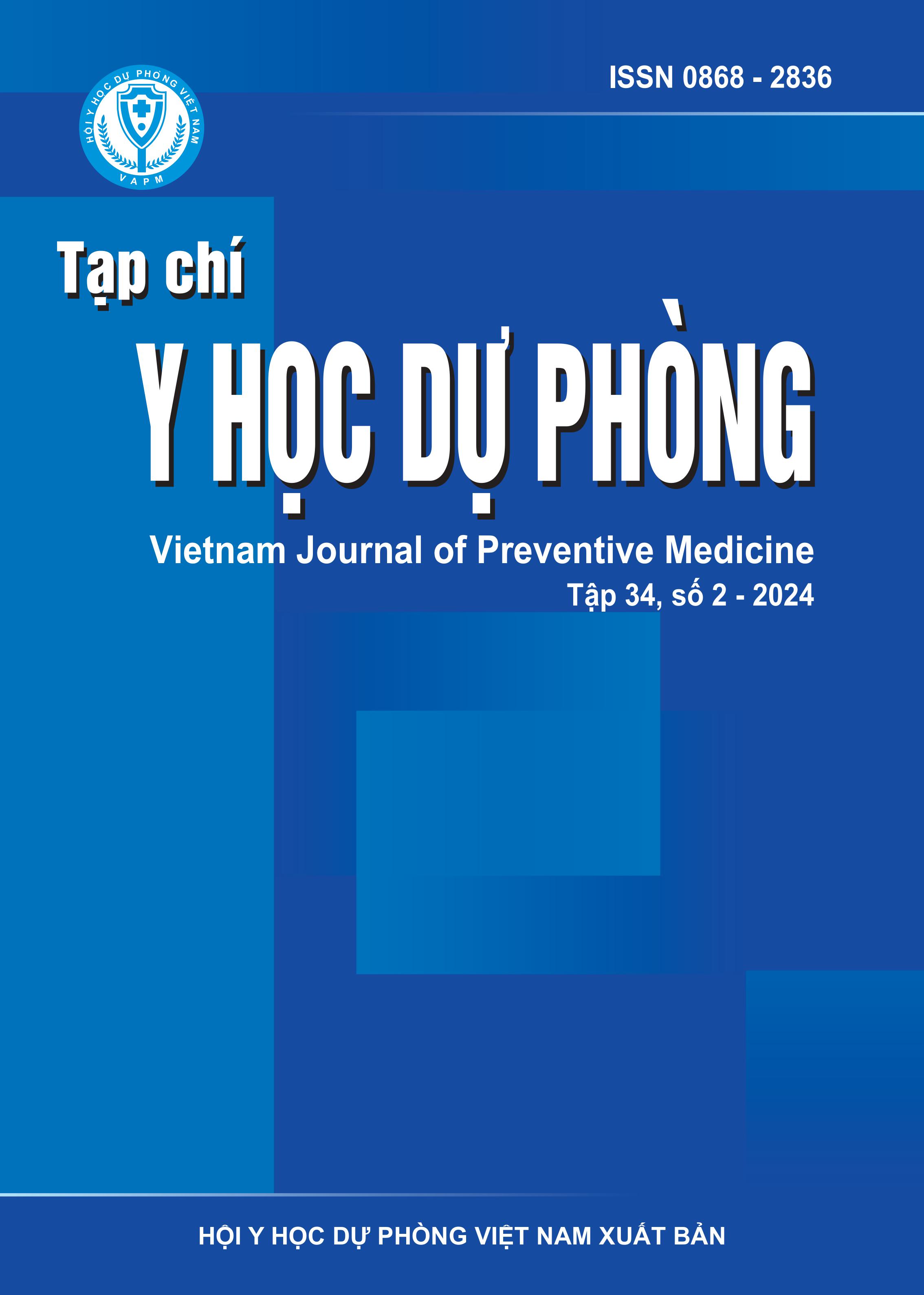Anthropometric index of Gia Rai and Ba Na ethnic students compared with Kinh ethnic in some High schools of Gia Lai province in 2022
DOI:
https://doi.org/10.51403/0868-2836/2024/1618Keywords:
Anthropometric, stunting, high school, Ba Na ethnicity, Gia RaiAbstract
A cross - sectional study was conducted on 3,291 students aged 15 - 17 of Gia Rai, Ba Na and Kinh ethnicities at some high schools in Gia Rai province in 2022 to describe the anthropometric characteristics of ethnic’s students and compare with the Kinh people. The results showed that the mean weight and height of male Gia Rai ethnic students (53.1kg and 164.3cm); Ba Na (52.2kg and 161.7cm) was statistically significantly lower than that of the Kinh male students (55.7kg and 166.7cm); The height of female students of the Gia Rai (153.8cm) and Ba Na ethnic groups (151.8cm) was significantly lower than the height of those in the Kinh ethnic group (155.3cm); However, the weight of Gia Rai and Ba Na ethnic female students were similar to that of Kinh ethnic female students. The risk of stunting in students of the Ba Na and Gia Rai ethnic groups were higher than that of the Kinh ethnic group in both genders; But the risk of wasting of the Kinh ethnic group were higher than those inthe Gia Rai and Ba Na ethnic groups in female. Therefore, recommended interventions to prevent stunting should prioritise to the Ba Na and Gia Rai ethnic groups in both sexes, but prevention of wasting should pay attention to Kinh ethnic women.
Downloads
Downloads
Published
How to Cite
Issue
Section
License
Publication License No 150/GP-BTTTT signed on May 8, 2014;
Electronic Publication License No 322/GP-BTTTT signed on June 15, 2016.


